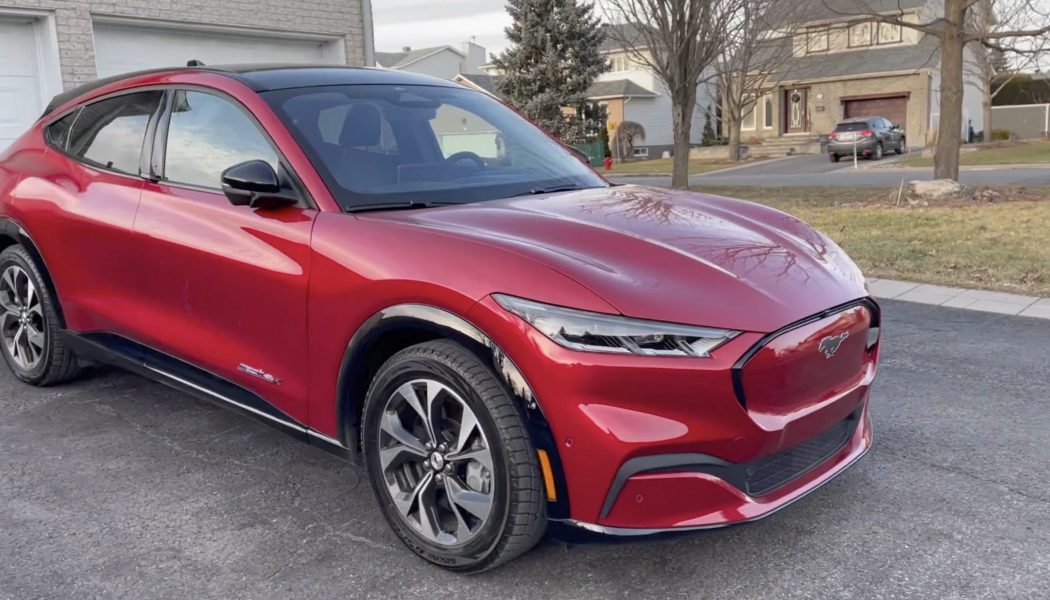Ford announced it plans to invest $29 billion toward electric and autonomous vehicles through 2025. The bulk of the spending—$22 billion—is for electric vehicles; almost doubling the Blue Oval’s original plans.
Ford vs. Tesla
Ford is “all in and will not cede ground to anyone” in developing and delivering connected electric vehicles and services, Farley said. The automaker is accelerating its plans for more electric vehicles, batteries with better capacity, and reducing overall costs.
Two EV Platforms
Farley said Ford has two dedicated electric vehicle platforms, which the company plans to use to underpin high-volume passenger cars, as well as crossover SUVs, trucks, and commercial vehicles. Conversely, GM has a single flexible platform and battery management system that can accommodate vehicles of all shapes and sizes.
As EVs become primary in Ford’s lineup, Farley said dedicated manufacturing capacity for these models will expand globally. Today, Ford is making—or preparing to make—EVs in Michigan (F-150); Missouri (E-Transit); Ontario, Canada (SUVs); and Mexico and China (Mach-E), with others to follow.
EV Earnings Potential
Ford initially pledged $11.5 billion for electric vehicles through 2022 and has spent $7 billion of that so far. The new announcement means the company will spend another $15 billion on EVs through 2025. The automaker is investing $7 billion toward autonomous vehicles over 10 years, too (through 2025), with the bulk of it ($5 billion) being spent in the latter half of the timeline.
“The transformation of Ford is happening and so is our leadership of the EV revolution and development of autonomous driving,” Farley said.
The news was revealed as part of Ford’s fourth-quarter 2020 earnings release. The automaker earned $1.7 billion (before interest and taxes) in the quarter, up from $485 million in Q4 2019. Once again, North America was the profit center, generating $1.1 billion. Contributing to these results were the introductions of the new 2021 Ford F-150 and the 2021 Ford Bronco Sport. Ford’s European arm had its best quarter in more than four years and sales in China were up 30 percent.
For the full year, Ford earned an adjusted $2.8 billion. That’s down $3.6 billion, largely due to a pandemic that forced plants to close temporarily and affected consumer’s ability to leave their homes and shop as usual.
The major lowlight related to a shortage of semiconductors, which is subsequently forcing plant shutdowns. Ford could lose up to 20 percent of planned production this quarter.










